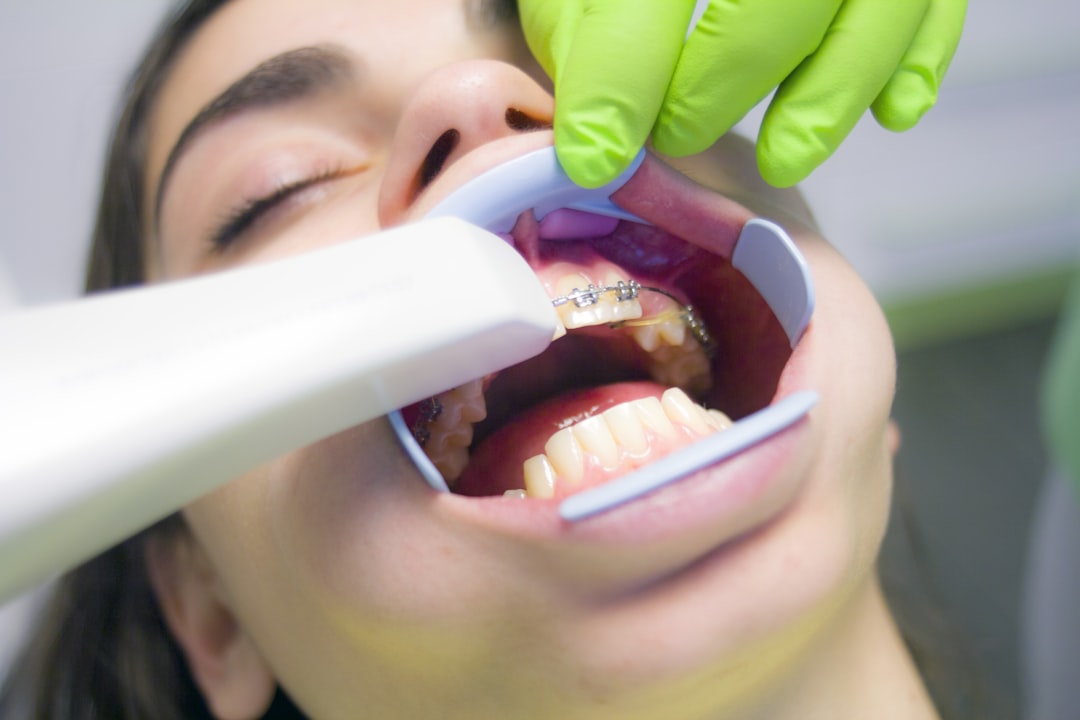If You Read One Article About , Read This One

An interdental cavity, also known as an interproximal cavity, is a cavity that forms between teeth. Unlike regular cavities that develop on the biting surfaces of teeth, interdental cavities can be more difficult to spot and often remain unnoticed until they progress to an advanced stage. Recognizing the indications of an interdental cavity can be beneficial in seeking timely dental care and preventing further harm. This page has all the info you need.
A frequent indication of an interdental cavity is feeling sensitivity when consuming hot or cold items. The presence of an interdental cavity exposes the sensitive dentin beneath the enamel layer. Consequently, you may feel a sudden, fleeting pain when you consume hot beverages or cold desserts. This heightened sensitivity serves as a distinct warning sign of a dental issue that should not be overlooked.
Another sign to watch out for is prolonged sensitivity to sweets. If you continue to feel pain or discomfort after consuming sugary foods, it may be an indication of an interdental cavity. Cavities enable sugars to penetrate the affected area, causing prolonged sensitivity and discomfort. If the sensitivity persists even after you’ve finished eating sugary treats, it is recommended that you seek a thorough examination by your dentist.
Toothache and gum sensitivity can also indicate the presence of an interdental cavity. As the cavity advances, it can impact the adjacent gums, leading to inflammation and tenderness. Biting down or applying pressure to the affected area may cause pain, and brushing or flossing around the affected teeth can result in sensitivity. If you observe these symptoms, it is vital to seek dental care promptly to prevent additional damage and potential complications.
Stains appearing between the teeth can also signify the presence of an interdental cavity. As the cavity worsens, it can trap food particles and bacteria, causing discoloration in the spaces between the teeth. You may notice brown or black stains developing in the gaps between your teeth, which can be a cause for concern. While regular dental cleanings and proper oral hygiene practices can aid in preventing staining, persistent discoloration should prompt a consultation with your dentist. Click here for more helpful tips on this company.
Another visible sign of an interdental cavity is the presence of holes or pits in the affected teeth. As a cavity emerges between teeth, it gradually eats away at the enamel, creating small holes or pits in the affected area. These holes or pits may be visible to the naked eye or may require dental instruments for a thorough examination. If you notice any irregularities or abnormalities in the texture of your teeth, it is important to schedule a dental appointment for further evaluation and appropriate treatment.
In conclusion, recognizing the signs of an interdental cavity is vital for maintaining optimal oral health. Signs such as sensitivity to hot and cold, prolonged sensitivity to sweets, toothache and gum sensitivity, staining between teeth, and the presence of holes or pits in teeth should not be overlooked. By being proactive and seeking timely dental care, you can prevent further damage, potential complications, and maintain a healthy smile. Make sure to schedule regular dental check-ups, practice good oral hygiene, and promptly address any concerning symptoms to safeguard your dental well-being. By remaining vigilant and prioritizing your oral health, you can effectively prevent and manage interdental cavities, thus ensuring a lifetime of healthy teeth and gums. View here for more info on this product.
This post topic: Health Care & Medical